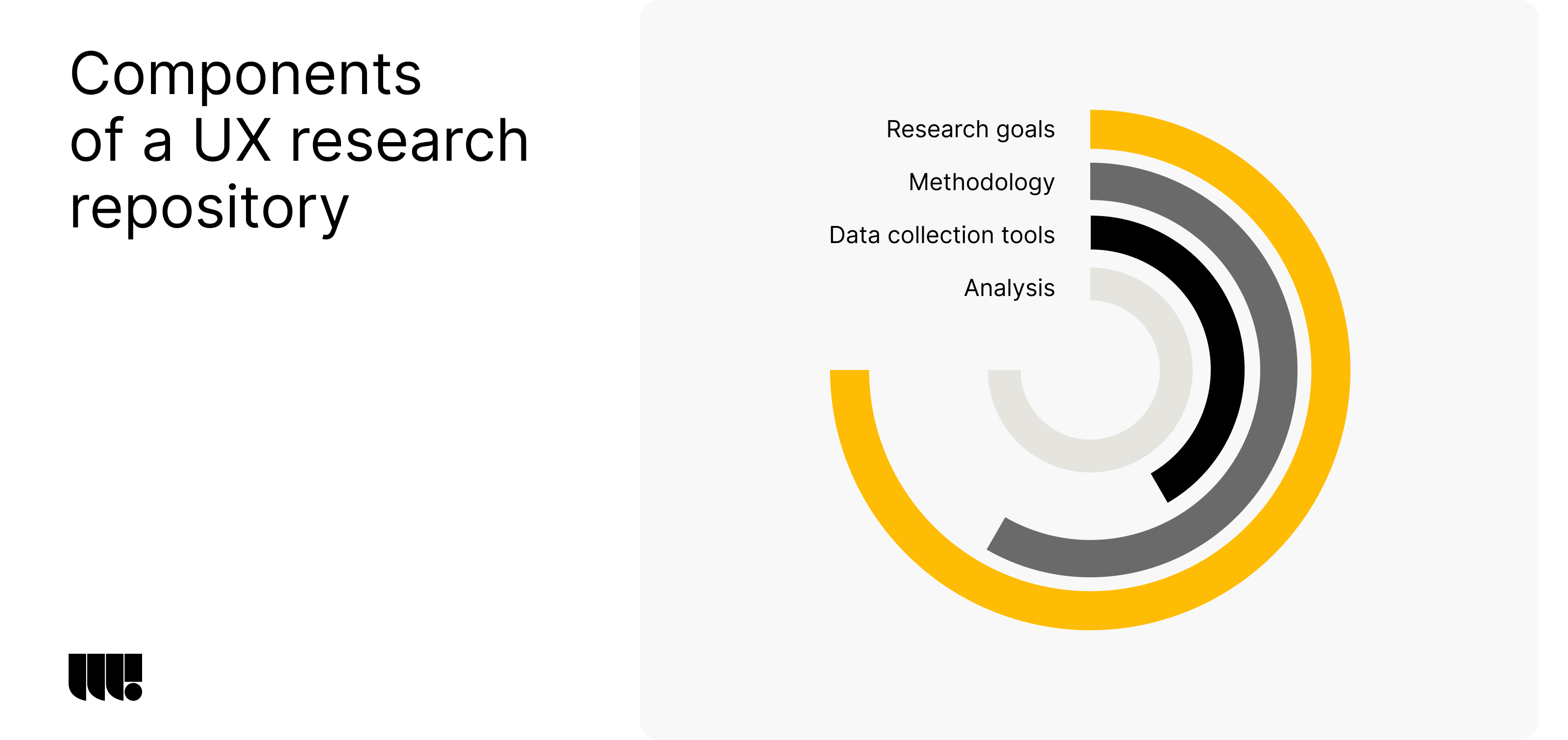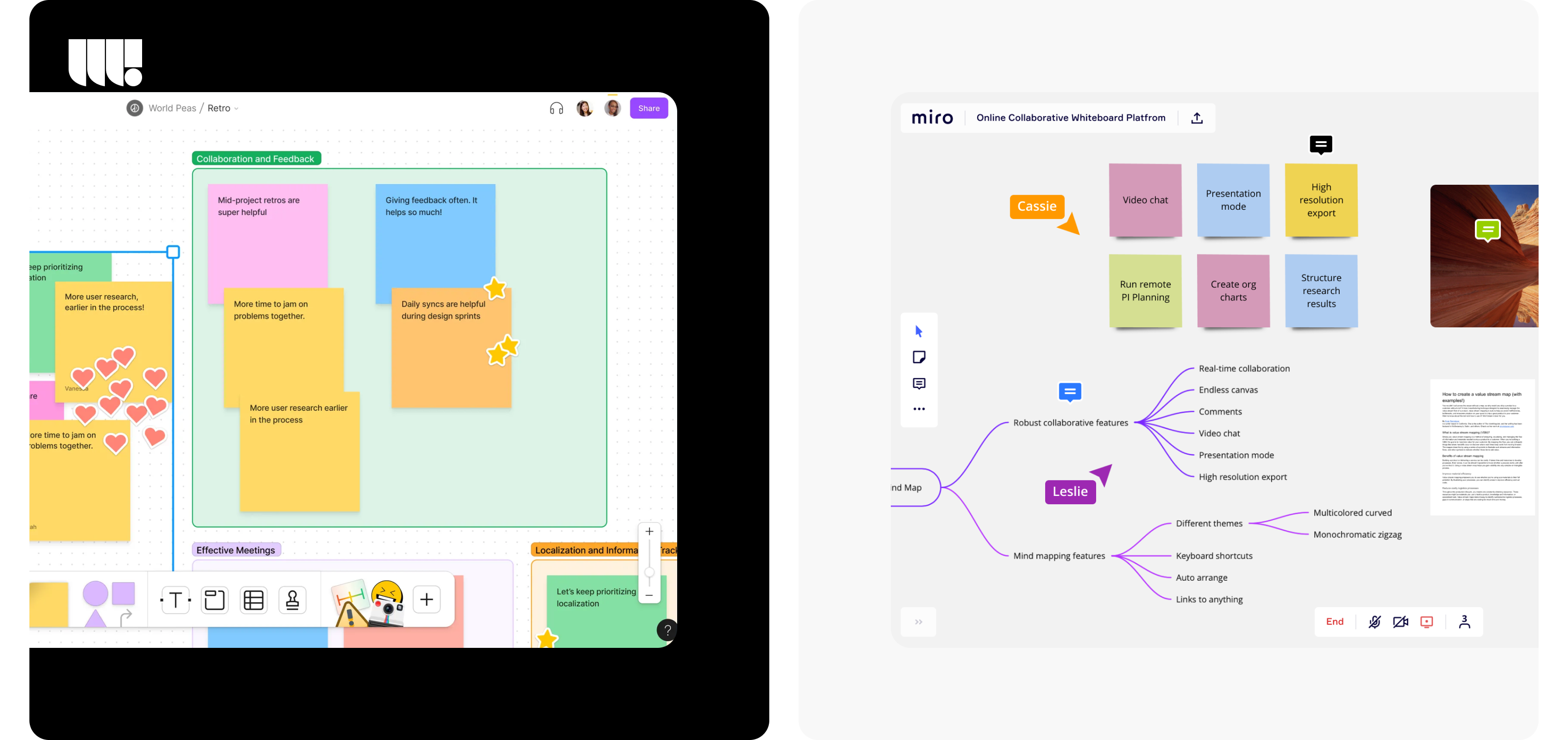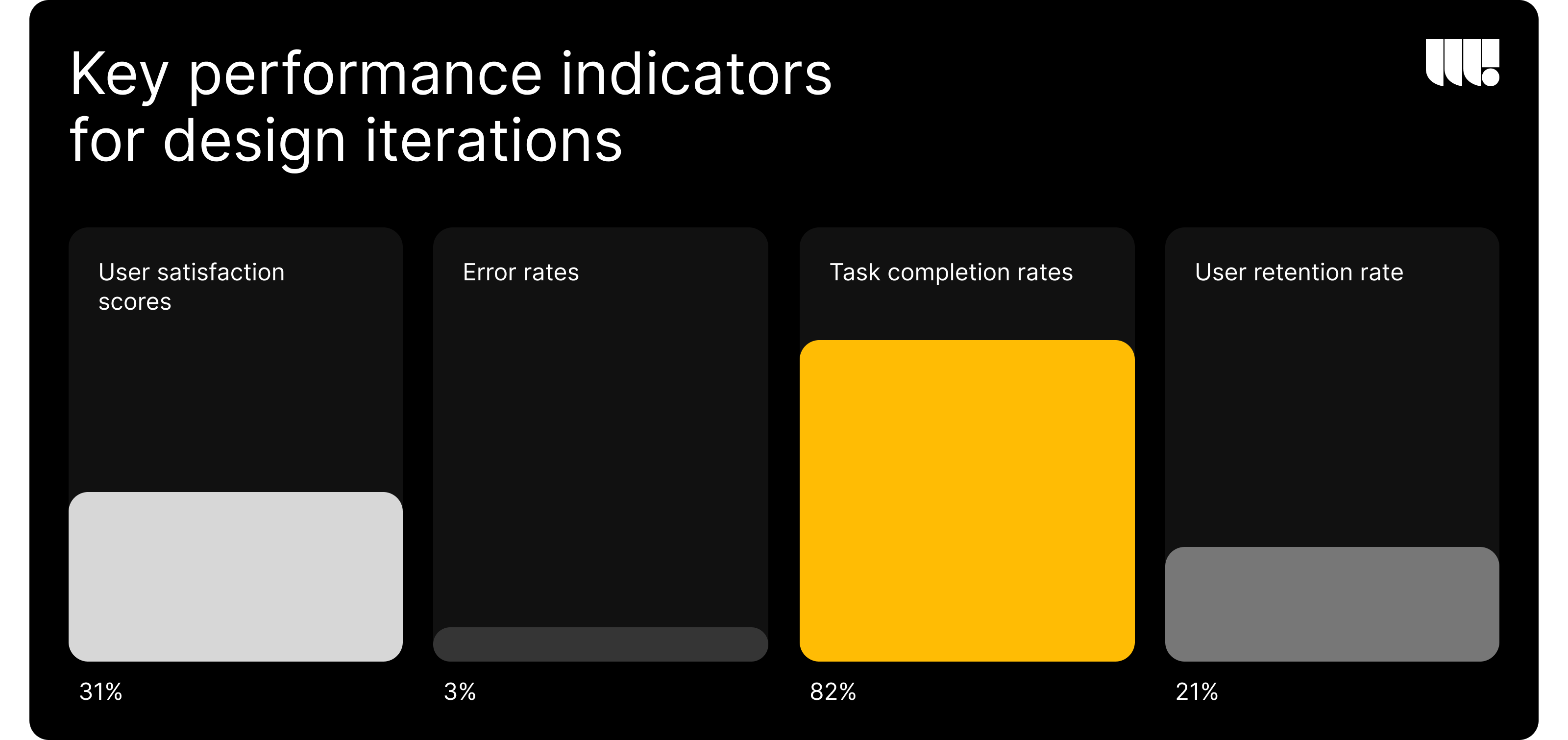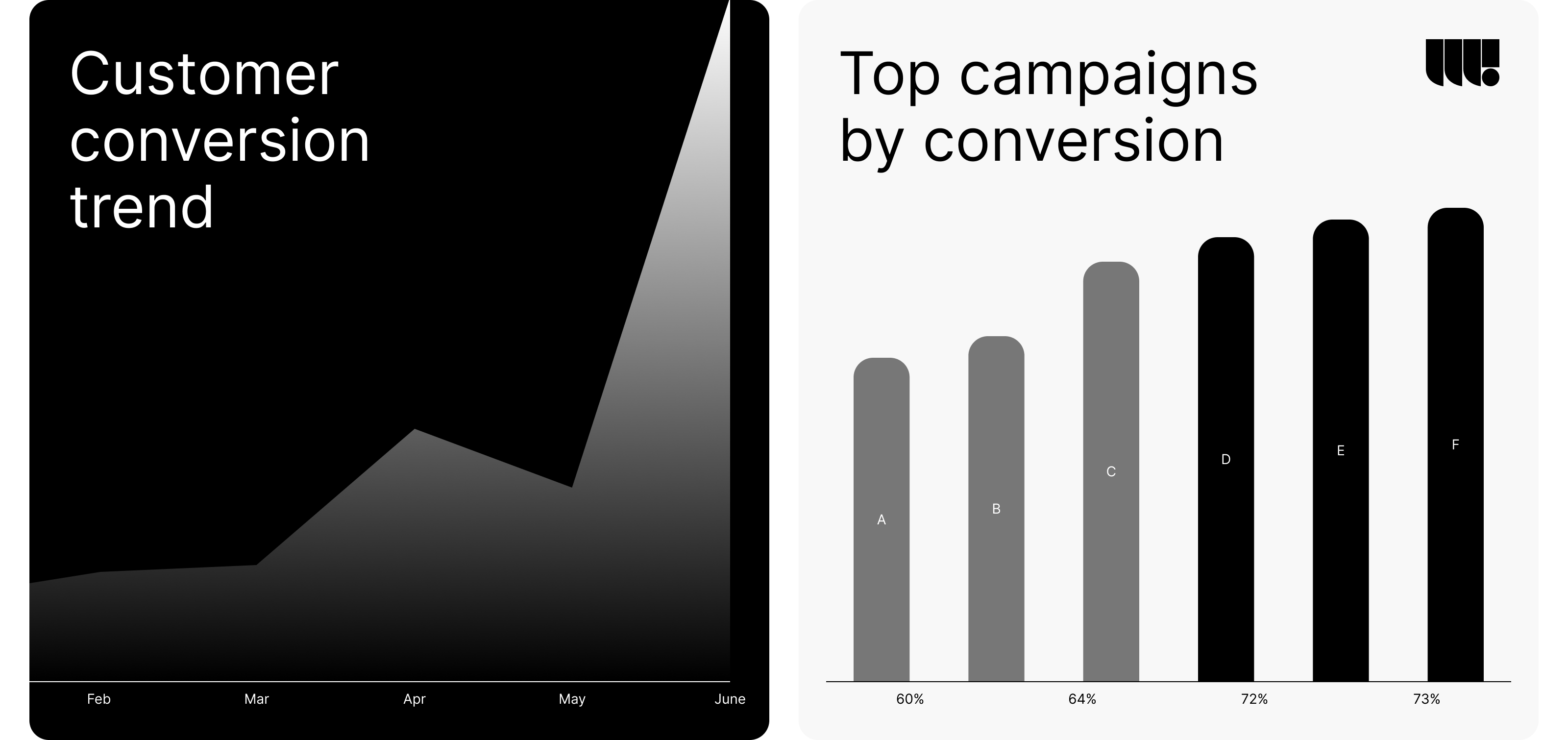Introduction
A UX research repository can be a game-changer, providing a centralized location for all your research data, insights, and findings.
This allows teams to access valuable information quickly, fostering a more collaborative and informed design process. A well-maintained repository not only improves workflow but also enhances the overall quality of design by ensuring that user-centered decisions are based on robust research. In this blog post, we will explore how UX research repositories enhance your design process, discussing their benefits, setup, integration, and future trends.
1. Understanding UX Research Repositories
A UX research repository is a centralized database where all user research data is stored, organized, and accessible to the team. The repository can include a variety of data types, such as interview transcripts, survey results, usability test recordings, and observational notes.
The primary purpose of a UX research repository is to make it easier for teams to access and use this data in their design decisions.
Key components of a UX research repository include:
- Data Storage: A secure place to store all research data.
- Organization: A system for categorizing and tagging data to make it easy to find.
- Accessibility: Features that allow team members to access and use the data.
- Searchability: Tools that enable quick and efficient searches of the repository.
Common tools and platforms used for managing UX research data include Dovetail, Airtable, and Reframer. These tools provide robust features for storing, organizing, and analyzing research data, making them ideal for maintaining a comprehensive UX research repository.

2. Benefits of Using a UX Research Repository
Implementing a UX research repository offers numerous benefits that can significantly enhance your design process. Firstly, a centralized data storage system ensures that all research findings are in one place, reducing the risk of data loss and making it easier to manage. Improved data accessibility means that team members can quickly find and use relevant information, fostering a more efficient workflow.
Centralized Data Storage
A UX research repository acts as a single source of truth for all your research data. This centralization eliminates the need for multiple storage locations, reducing the risk of data fragmentation and loss. By having all data in one place, team members can easily access and update information, ensuring that everyone is working with the most current data available.
Improved Data Accessibility
With a UX research repository, data is easily accessible to all team members. This accessibility means that designers, researchers, and stakeholders can quickly find and use the data they need, without having to search through various files and folders. This efficiency saves time and allows team members to focus on analysis and application rather than data retrieval.
Enhanced Collaboration
Enhanced collaboration is another critical benefit. When research data is easily accessible, it encourages more interaction and sharing of insights among team members.
This collaborative environment can lead to more innovative solutions and better design outcomes. The repository serves as a common platform where team members can comment on findings, discuss insights, and build on each other’s ideas, fostering a culture of continuous improvement.
Streamlined Research Processes
A well-organized repository streamlines research processes and workflows. Researchers can avoid duplicating efforts and focus on analyzing and applying existing data. This streamlined process not only saves time but also ensures that research efforts are aligned with the overall project goals.
For example, when starting a new project, having access to previous research findings can provide valuable context that helps shape the design process from the outset. Teams can build on prior knowledge rather than starting from scratch, saving time and resources.
Share your project idea with us! If our partnership isn't the right fit, we're happy to provide valuable insights that could still benefit you.
Data-Driven Decision Making
By having a repository, teams can make more informed, data-driven decisions. The availability of comprehensive research data allows for a more analytical approach to design, ensuring that decisions are based on empirical evidence rather than assumptions. This data-driven approach leads to more effective and user-centered design solutions.

3. Setting Up a UX Research Repository
Setting up a UX research repository requires careful planning and the right tools. The first step is choosing a platform that suits your team’s needs. Tools like Dovetail, Airtable, and Reframer offer different features, so it’s essential to select one that aligns with your workflow and requirements.
Choosing the Right Tools and Platforms
The choice of platform is crucial for the effectiveness of your repository. Consider factors such as ease of use, scalability, and integration with other tools you use.
Dovetail, for example, offers robust features for tagging, categorization, and collaboration, making it a popular choice for many UX teams.
Airtable provides a flexible database structure that can be customized to fit various research needs. Reframer is another tool that offers comprehensive research management capabilities, including data analysis and visualization.
Establishing Data Organization and Categorization Methods
Once you’ve chosen a platform, establish data organization and categorization methods. This involves creating a consistent tagging system and metadata strategy to ensure that data is easy to find and use. Tags can include project names, research methods, dates, and key themes, among others. Proper organization is key to making the repository useful and efficient.
Implementing Tagging and Metadata Strategies
Implementing tagging and metadata strategies is crucial for maintaining an organized repository. Tags should be applied consistently across all data entries to facilitate efficient searches and data retrieval. Metadata provides additional context about the data, such as the date of collection, the research method used, and the key findings. This contextual information makes it easier to understand and use the data.
Ensuring Data Security and Privacy
Data security and privacy are paramount when setting up a UX research repository. Use platforms that offer robust security features to protect sensitive information and comply with data protection regulations. This includes encryption, access controls, and regular backups. Ensuring that only authorized team members have access to sensitive data helps prevent breaches and maintain trust.
Regularly Updating and Maintaining the Repository
Regularly updating and maintaining the repository is essential to keep it relevant and useful. Assign a team member or a dedicated role to oversee the repository’s upkeep, ensuring that new data is added promptly and accurately. Regular maintenance also involves reviewing and cleaning up outdated or redundant data to keep the repository streamlined and efficient.
Training and Onboarding Team Members
Ensuring that all team members are trained on how to use the repository effectively is critical. Provide training sessions and create documentation to guide team members on how to add, categorize, and retrieve data. Effective onboarding ensures that everyone can utilize the repository to its full potential, enhancing overall productivity.
4. Integrating UX Research Repositories into Your Design Process
Integrating a UX research repository into your design process can transform the way your team works. It ensures that research data is not only collected but actively used to inform design decisions, fostering a more user-centered approach.
Incorporating the Repository into Daily Workflow
Start by incorporating the repository into your team’s daily workflow. This means making the repository an integral part of your project management and design tools.
For example, ensure that links to the repository are easily accessible within your project management software (such as Jira or Trello) and that team members know how to search for and retrieve relevant data.
Encourage team members to refer to the repository regularly. This could be during project kick-offs, design sprints, or evaluation phases. The goal is to make the repository a go-to resource for understanding user needs and validating design decisions.
Best Practices for Using Repositories During the Design Phase
To maximize the benefits of a UX research repository, adopt best practices for its use during the design phase:
- Conduct Regular Reviews: Regularly review the stored research data to stay updated on user insights. Schedule periodic reviews where the team can discuss new findings and how they impact the current project.
- Use Data to Validate Assumptions: Before making design decisions, refer to the repository to validate assumptions with empirical evidence. This helps avoid biases and ensures that decisions are based on real user data.
- Create Personas and Scenarios: Use the data in the repository to create detailed user personas and scenarios. These tools can help the team empathize with users and design with their needs in mind.
- Document Design Decisions: When making design decisions, document how data from the repository informed those choices. This not only provides a clear rationale but also creates a valuable record for future reference.
Case Studies and Examples of Successful Integration
Learning from others can be incredibly valuable. Look at case studies and examples of successful integration of UX research repositories.
For instance, a company that integrated its UX research repository into its design process reported a significant reduction in the time spent searching for data. This efficiency allowed the team to focus more on creative and strategic aspects of design, ultimately leading to more user-centric products.
Another example is a startup that used its repository to streamline onboarding for new team members. By providing access to comprehensive research data, new hires quickly understood user needs and project contexts, accelerating their productivity.
Collaborative Tools and Techniques
Collaboration is key to effectively integrating a UX research repository. Use collaborative tools like Miro or Confluence to create shared spaces where team members can discuss and interpret research findings. These tools can help visualize data and foster a more collaborative environment.
Encouraging a culture of knowledge sharing is also important. Regularly hold meetings or workshops where team members can share insights from the repository and discuss their implications for ongoing projects.
This continuous exchange of ideas and information helps maintain a user-centered focus throughout the design process.
Continuous Improvement and Iteration
Integration doesn’t stop with initial setup; it requires continuous improvement and iteration. Regularly solicit feedback from team members on the repository’s usability and effectiveness. Use this feedback to make iterative improvements, ensuring that the repository remains a valuable resource as your team’s needs evolve.

5. Enhancing Collaboration and Communication
A UX research repository can significantly enhance collaboration and communication within your team. By providing shared access to research data, it ensures that everyone is on the same page and has the information they need to make informed decisions.
This shared knowledge base fosters a collaborative environment where ideas can be freely exchanged and discussed.
Improving communication between designers, researchers, and stakeholders is another critical benefit. When everyone has access to the same data, it reduces misunderstandings and ensures that all parties are aligned with the project’s goals and objectives.
Encouraging a culture of knowledge sharing and continuous improvement can lead to more innovative and effective design solutions.
For example, during a design review meeting, team members can easily pull up relevant research findings from the repository to support their arguments or provide context. This level of transparency and accessibility can enhance discussions and lead to more informed and constructive feedback.
6. Streamlining Research and Design Iterations
Using a UX research repository can streamline research and design iterations by providing quick access to past research findings. This not only reduces the need to conduct duplicate research but also allows teams to build on existing knowledge, leading to more efficient and effective design cycles.
Quick Access to Past Research Findings
One of the primary benefits of a UX research repository is the ability to quickly access past research findings. This immediate availability of data allows teams to draw on existing insights, reducing the need for repetitive research activities. For example, if a team is working on a similar project, they can refer to previous research to gain insights and avoid starting from scratch.
Reducing Redundancy in Research Efforts
With a repository in place, teams can see what research has already been done and identify gaps that need to be filled. This focused approach saves time and resources, allowing teams to concentrate on generating new insights rather than repeating existing work. For instance, if a user pain point has already been identified and documented, the team can focus on exploring solutions rather than revalidating the issue.
Accelerating the Design Iteration Process
Accelerating the design iteration process is another advantage of using a UX research repository. When research data is readily available, teams can quickly test and refine their designs based on empirical evidence. This iterative approach ensures that design solutions are user-centered and validated through continuous testing and feedback.
For example, during a design sprint, having immediate access to relevant user feedback allows the team to iterate rapidly, incorporating user insights into each design cycle. This leads to more refined and user-friendly products.
Using Repositories for Prototyping and Testing
Repositories are particularly useful during prototyping and testing phases. Teams can quickly pull relevant data to inform prototype designs and test scenarios. This ensures that prototypes are based on real user needs and contexts, increasing the likelihood of successful user testing outcomes.
During user testing, teams can reference the repository to track how well new designs address previously identified issues. This ongoing validation process helps ensure that the final product meets user expectations and resolves any pain points effectively.
Integrating Feedback Loops
Integrating feedback loops into the design process is essential for continuous improvement. A UX research repository enables efficient feedback loops by providing a centralized place to document and review user feedback. After each design iteration, teams can update the repository with new insights, ensuring that all feedback is considered in subsequent design cycles.
For example, if user testing reveals a new usability issue, this finding can be added to the repository. Future design iterations can then prioritize addressing this issue, ensuring that it is resolved before the final product is released.
Tracking Progress and Measuring Success
Tracking progress and measuring success are crucial for streamlining research and design iterations.
A UX research repository allows teams to document each iteration, providing a clear record of design changes and their impacts. This documentation helps teams understand what works and what doesn’t, facilitating more effective decision-making in future iterations.
Key performance indicators (KPIs) such as user satisfaction scores, task completion rates, and error rates can be tracked over time, providing measurable data on the effectiveness of design changes. This data-driven approach ensures that design improvements are based on quantifiable metrics, leading to more successful outcomes.

7. Improving User-Centered Design Decisions
A UX research repository plays a crucial role in improving user-centered design decisions. By leveraging past research, teams can gain a deeper understanding of user behavior, preferences, and pain points. This data-driven approach ensures that design solutions are not based on assumptions but on empirical evidence.
Ensuring design solutions are backed by research helps create products that truly meet user needs. For example, if previous research indicates that users struggle with a particular feature, designers can prioritize improving that aspect in their new designs. This proactive approach leads to better user experiences and higher satisfaction rates.
Leveraging past research also allows teams to make more informed decisions about design trade-offs. When faced with multiple design options, having access to historical data can provide insights into which solutions have been more effective in the past. This evidence-based decision-making process leads to more effective and user-friendly designs.

8. Maintaining Consistency and Continuity in Research
A UX research repository helps maintain consistency and continuity in research efforts. Keeping a consistent record of research activities and findings ensures that valuable insights are not lost over time. This is particularly important when team members change or projects transition, as the repository serves as a historical archive of UX research.
Ensuring continuity when team members change or projects transition is a critical benefit. New team members can quickly get up to speed by reviewing past research, allowing them to understand the context and rationale behind design decisions. This continuity is essential for maintaining the quality and consistency of the user experience.
Creating a historical archive of UX research for future reference is another advantage. Over time, the repository becomes a rich source of knowledge that can inform future projects. This long-term perspective helps teams identify patterns and trends that can guide strategic decisions and drive innovation.
9. Measuring the Impact of UX Research Repositories
Measuring the impact of UX research repositories is essential to understand their effectiveness and identify areas for improvement. Key performance indicators (KPIs) for evaluating repository effectiveness include metrics such as data accessibility, usage frequency, and user satisfaction. Regularly tracking these KPIs provides insights into how well the repository is serving the team.
Tracking improvements in design efficiency and user satisfaction is another critical measure. By comparing project timelines and user feedback before and after implementing the repository, teams can assess its impact on their workflow and outcomes. Positive trends in these metrics indicate that the repository is enhancing the design process.
Gathering feedback from team members is also important for refining repository usage. Regular surveys and feedback sessions can help identify pain points and areas where the repository can be improved. This iterative approach ensures that the repository continues to meet the evolving needs of the team.
10. Future Trends and Innovations in UX Research Repositories
The future of UX research repositories is likely to be shaped by emerging technologies and tools that enhance data management and analysis. Artificial intelligence (AI) and machine learning are expected to play a significant role in this evolution. AI-powered tools can help automate data tagging, identify patterns, and provide predictive insights, making repositories even more powerful.
Emerging technologies and tools for managing UX research data are continually being developed. These innovations aim to make repositories more intuitive, efficient, and user-friendly. For example, advancements in natural language processing can improve the searchability of research data, allowing teams to find relevant information more quickly.
The role of AI and machine learning in enhancing repositories is particularly promising. These technologies can analyze large datasets to uncover insights that might not be immediately apparent. For instance, AI can identify correlations between different research findings, helping teams make more informed decisions.
Predictions for the future of UX research and design processes include a greater emphasis on data-driven decision-making and continuous improvement. As repositories become more advanced, they will enable teams to leverage data more effectively, leading to more user-centered and innovative designs.
Conclusion
In conclusion, UX research repositories are invaluable tools that can significantly enhance your design process. By providing centralized and organized access to research data, they improve collaboration, streamline workflows, and enable data-driven decision-making. As technology continues to evolve, the capabilities of these repositories will only expand, offering even greater benefits to UX teams. Implementing and maintaining a UX research repository is a worthwhile investment that can lead to better design outcomes and a more user-centered approach to product development.












